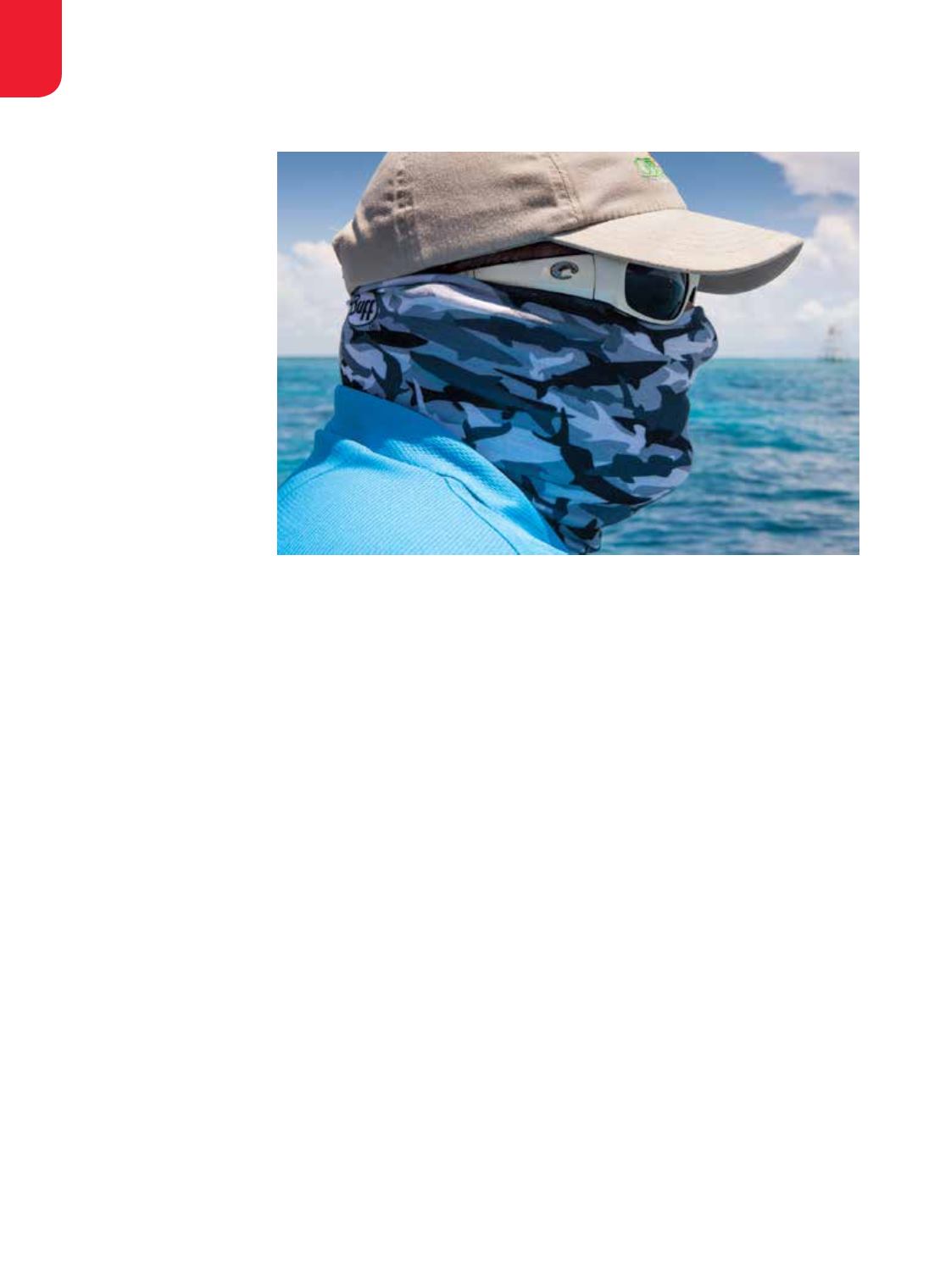

60
|
WINTER 2016
RESEARCH, EDUCATION & MEDICINE
FROM THE MEDICAL LINE
Q:
Lately I feel
like I’m getting
sunburned
much more easily than
I used to. I am taking
a new medication; is
there any chance that
could be the cause?
A:
Sunshine is a
welcome addition
to just about
any day spent outdoors.
For many people, a
hat, a T-shirt and some
sunscreen are sufficient
to limit the negative
effects of sun exposure.
However, certain
medications can make
people more sensitive to the sun’s ultraviolet (UV)
rays; this is called photosensitivity. Both regularly and
temporarily used medications can cause photosensitivity.
Minor symptoms include skin reddening, itching or
rash; more serious symptoms include a burn, blisters
and discoloration or darkening of the skin. Report any
significant or unusual reaction to a medication combined
with sun exposure to your prescribing or primary care
physician. Some reactions are serious.
There are more than 100 medications, both
prescription and over-the-counter, that can cause
increased susceptibility to UV rays, and these include
both oral and topical medications. The best policy
is to first read the label of any medication you take
and then ask your physician and/or pharmacist about
photosensitivity before exposure to the sun (or a
tanning bed).
Drugs that may cause photosensitivity include
antibiotics, antihistamines, cardiovascular medications
(such as diuretics and blood pressure medications),
nonsteroidal anti-inflammatory drugs (ibuprofen,
indomethacin), some antidepressants and some
antipsychotic medications.
Taking a medication that can cause photosensitivity
doesn’t mean you have to avoid outdoor activities, it
just means you should take extra precautions to lessen
your exposure to UV light. Consider wearing a wide-
brimmed hat, long sleeves and long pants, and reapply
your sunscreen more frequently. Stay indoors around
mid-day if possible, and seek shade when you’re outside.
— Joel Dovenbarger, BSN
Q:
I have been diving for 15 years without
problems, but on my last couple of trips I
experienced pain in my upper left abdomen
under my ribs about 15-30 minutes into a dive. It
becomes increasingly painful over the rest of the dive.
I am healthy, take no prescription medications and
exercise regularly. I usually take antacids prior to
diving. I do not have this pain any other time. It gets
more uncomfortable during ascent but goes away
shortly after I get out of the water. It is starting to
take the fun out of diving. Any suggestions?
A:
Please note that we cannot diagnose you; you
really need to be evaluated by a physician.
Because your abdominal pain seems to change
with pressure, it may be due to the expansion of gas in
your gastrointestinal system. The increased discomfort
during ascent in particular suggests trapped gas as
a possibility. It could be normal gas resulting from
digestion, or it could be from drinking carbonated
beverages. Avoiding gassy foods such as beans, broccoli,
cabbage and other cruciferous vegetables may help.
Many divers stay away from sodas prior to diving to
limit the amount of gas in the gastrointestinal system.
This may be evidence of a hernia. During ascent
an isolated segment of bowel containing excess or
expanding gas can expand, which may cause pain or
injury. People should not dive with an unrepaired hernia.
Other sources of abdominal pain include reflux, an
irritated ulcer and other causes, but pain caused by these
factors would be expected to occur at other times as well.
STEPHEN FRINK
















